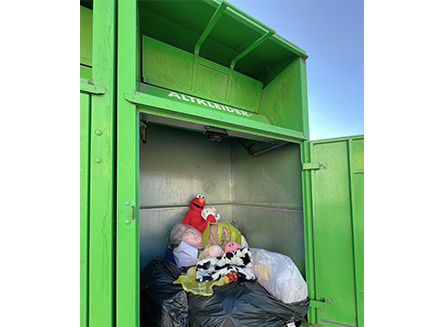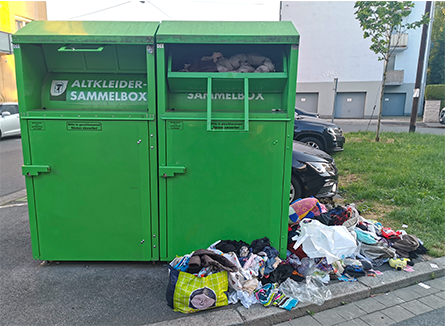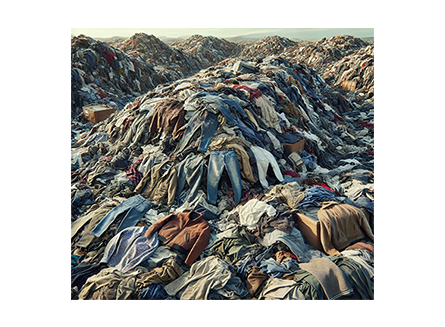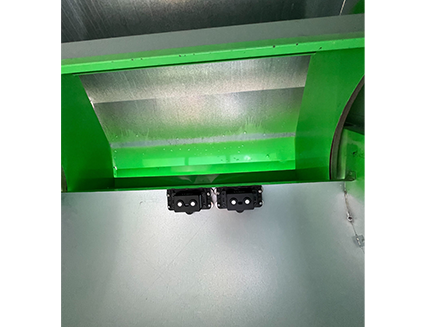A new EU directive came into force on January 1, 2025, which stipulates the separate collection of used textiles. This means that used clothing, broken textiles and other fabric remnants may no longer end up in residual waste, but must be disposed of separately. The new regulation has far-reaching implications for consumers, waste disposal companies and the entire fashion industry.


The textile industry is one of the most environmentally damaging sectors in the world. According to the EU Commission, around 12.6 million tons of textile waste are produced in Europe every year, of which only a fraction is recycled or reused. The majority of textile waste ends up in landfill sites or is incinerated, which has a considerable impact on the environment.
Old clothes and textiles must therefore be collected separately and disposed of via special collection points or containers. Items in good condition can be placed in containers or donated to charitable organizations, while damaged textiles must be disposed of at recycling centres or collection points. As the regulations vary locally, consumers should check with their local authority.

Modern technologies are crucial for sustainable waste disposal processes. Our SLOC smart devices optimize the collection and logistics management of used clothing containers to avoid overfilling and ensure a clean cityscape. Over 1,200 SLOCs are already in use in Europe and over 500 SLOCs in North America, underlining the broad acceptance and successful use of this technology.
SLOC Waste Management
The SLOC Waste Bin measures the fill level of various containers, in particular used clothing containers, but also household and commercial waste garbage cans, used glass and underground containers. Intelligent sensors plan emptying according to demand, avoid unnecessary trips and ensure timely disposal - for efficient and clean urban planning.
SLOC Waste BinAre you interested in our solution? Contact us for further information